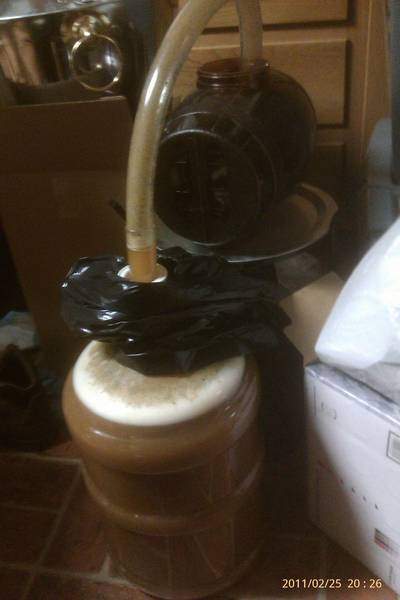So I have a buddy that started me in this hobby but really hasn't had a chance to review and learn as much as I have. We went to pickup some 6 gallon carboys but ended up with 2 6 gallon true brew ported buckets. The guy at the LHBS said " You guys don't like pails to ferment?" I said no I don't, I like carboys I like the look and being able to see whats going on in the vessel. Having to open the pail to see whats going on seems crude. The LHB guy said we would have less of an issue with a 6 gallon pail then a 5 gallon carboy when it comes to blow off tubes. He saying I would just need an airlock and not have to setup a blow off tube because the 5 gallons of beer doesn't have enough room in a 5 gallon carboy to not blow over. I know this, but havn't had an issue with 2 batches I did in a 5 gallon carboy. I just setup a blow off tube and it's pretty pain free. (so far)
This made my buddy suggest to me that the krausen getting blown out the tube would be better if left in the bucket instead of blowing off, and that it effects the taste of the beer. I don't know if this is true as I haven't really read anything about that. I would be wiling to use the pails if this is true and then use the carboys as secondary's. What do you guys have to say about it?
Before

After moving to secondary and dry hopping. This was the 3rd week and was bottled after this picture was taken.

This made my buddy suggest to me that the krausen getting blown out the tube would be better if left in the bucket instead of blowing off, and that it effects the taste of the beer. I don't know if this is true as I haven't really read anything about that. I would be wiling to use the pails if this is true and then use the carboys as secondary's. What do you guys have to say about it?
Before

After moving to secondary and dry hopping. This was the 3rd week and was bottled after this picture was taken.



